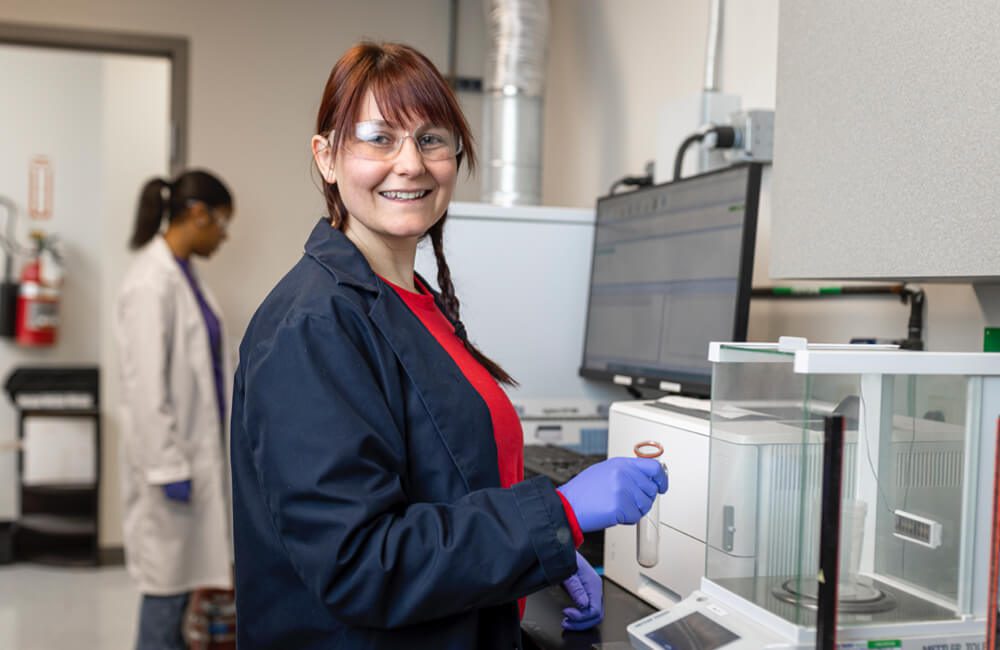Elevate Your Poultry Nutrition Production
Our science-based solutions help inspire producers to optimize production and meet the growing worldwide demand for healthy protein.
Opportunities
Poultry is the most widely consumed meat in the world. It’s affordable, wholesome, and widely available. As worldwide demand grows, poultry producers are being asked to do more to meet the demand for high-quality protein.

Whether you’re working directly with us or bringing solutions to your clients, our commitment goes way beyond products. We pledge to be your true partner from the moment you connect with us.
Discover how we can work together to grow your business and build a healthier world.
Programs
Production and health can’t be achieved by products alone.
We’re devoted to not only infusing our poultry products with additional benefits, but to creating programs that help you develop healthier and more productive birds. These programs include:
Scale Up™ Program
This program is designed to give you the scientific insight and technology you need to meet and exceed these expectations.
Breeder Performance™ Program
Promote structural integrity and productivity of broiler breeders, improve egg and eggshell quality, and deliver good quality progeny to help boost your overall profitability.
Balance™ Program
The Balance™ Program is designed to help conquer your gut health challenges. As part of your management program, we help optimize digestion, balance microflora, manage inflammation, and enhance gut integrity.
Save More™ Program
This program uses protease enzymes to improve amino acid utilization – raising the absorption and digestion of alternative ingredients back to optimal levels. It is how you get the most out of your feed.

EggShellence™ Program
This program is designed to provide more sellable eggs to producers, and a high-quality and wholesome product to consumers.

You need poultry solutions that do more to enhance quality and health, boost production, and support your sustainable business.